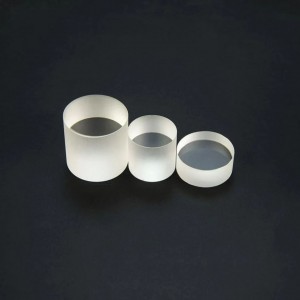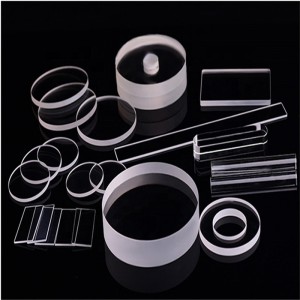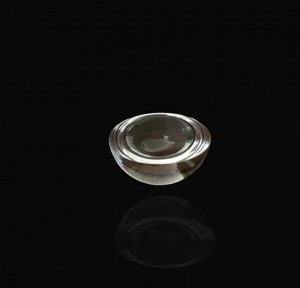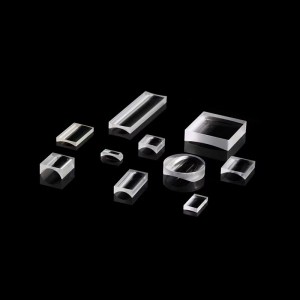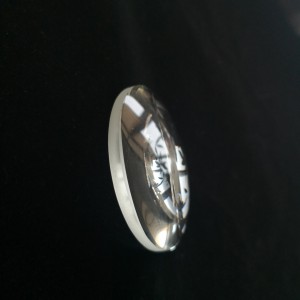Narrow Bandpass Laser Ranging Optical Radar Lens Laser Filter 635nm 905nm 1064nm
Optical Windows
Colored filter glass can be instrumental in achieving the highest contrast image possible in your machine vision systems design. Providing high transmittance, reliable quality and durability as well as minimum polarization effects, colored filters offer impressive individual benefits that greatly improve a machine vision systems performance.
Colored filters are not angle dependent, meaning the optical transmission will not shift when used at different angles or within different lens assemblies, making them highly effective in applications where there is a broad range of spectral requirements.
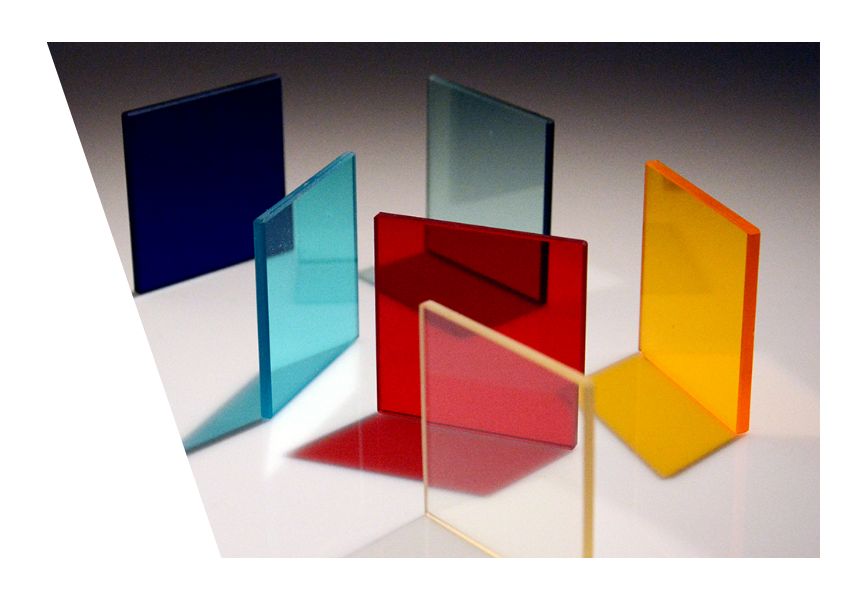
Optical filters selectively transmit light in a particular range of wavelengths, that is, colours, while absorbing the remainder. They can usually pass long wavelengths only (longpass), short wavelengths only (shortpass), or a band of wavelengths, blocking both longer and shorter wavelengths (bandpass). The passband may be narrower or wider; the transition or cutoff between maximal and minimal transmission can be sharp or gradual. There are filters with more complex transmission characteristic, for example with two peaks rather than a single band, these are more usually older designs traditionally used for photography; filters with more regular characteristics are used for scientific and technical work.
Optical filters are commonly used in photography (where some special effect filters are occasionally used as well as absorptive filters), in many optical instruments, and to colour stage lighting. In astronomy optical filters are used to restrict light passed to the spectral band of interest, e.g., to study infrared radiation without visible light which would affect film or sensors and overwhelm the desired infrared. Optical filters are also essential in fluorescence applications such as fluorescence microscopy and fluorescence spectroscopy.
Photographic filters are a particular case of optical filters, and much of the material here applies. Photographic filters do not need the accurately controlled optical properties and precisely defined transmission curves of filters designed for scientific work, and sell in larger quantities at correspondingly lower prices than many laboratory filters. Some photographic effect filters, such as star effect filters, are not relevant to scientific work.
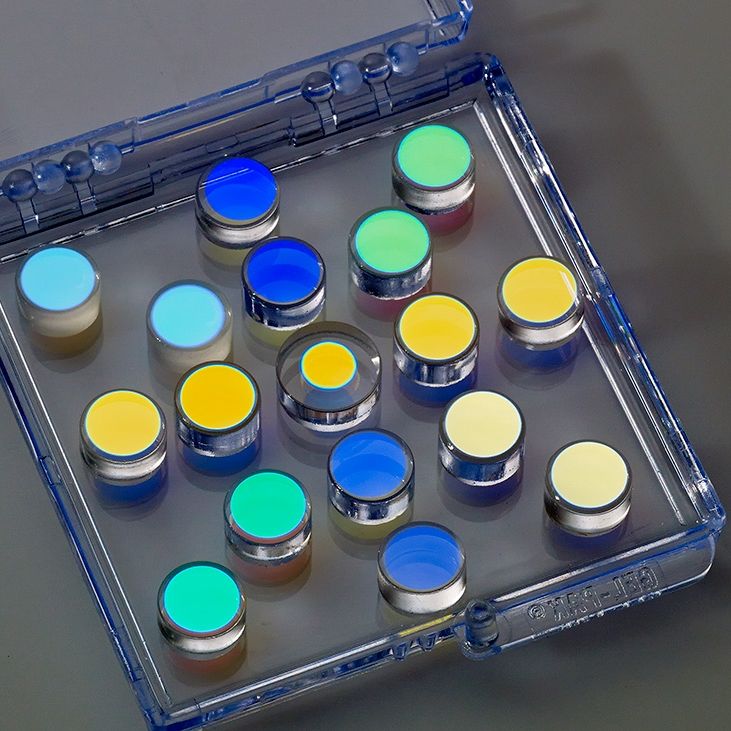
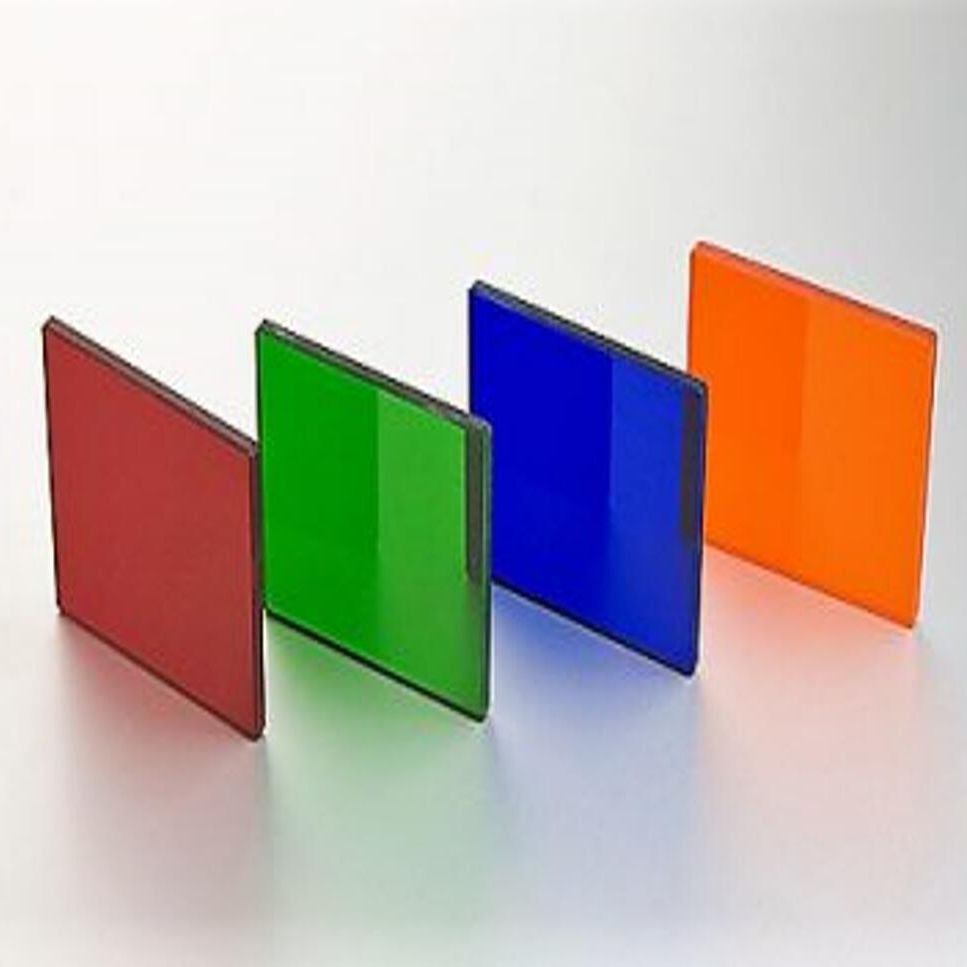
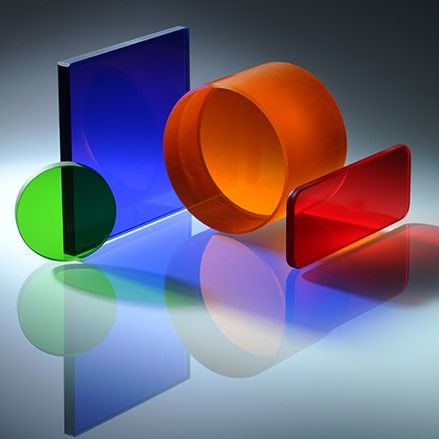
Specification
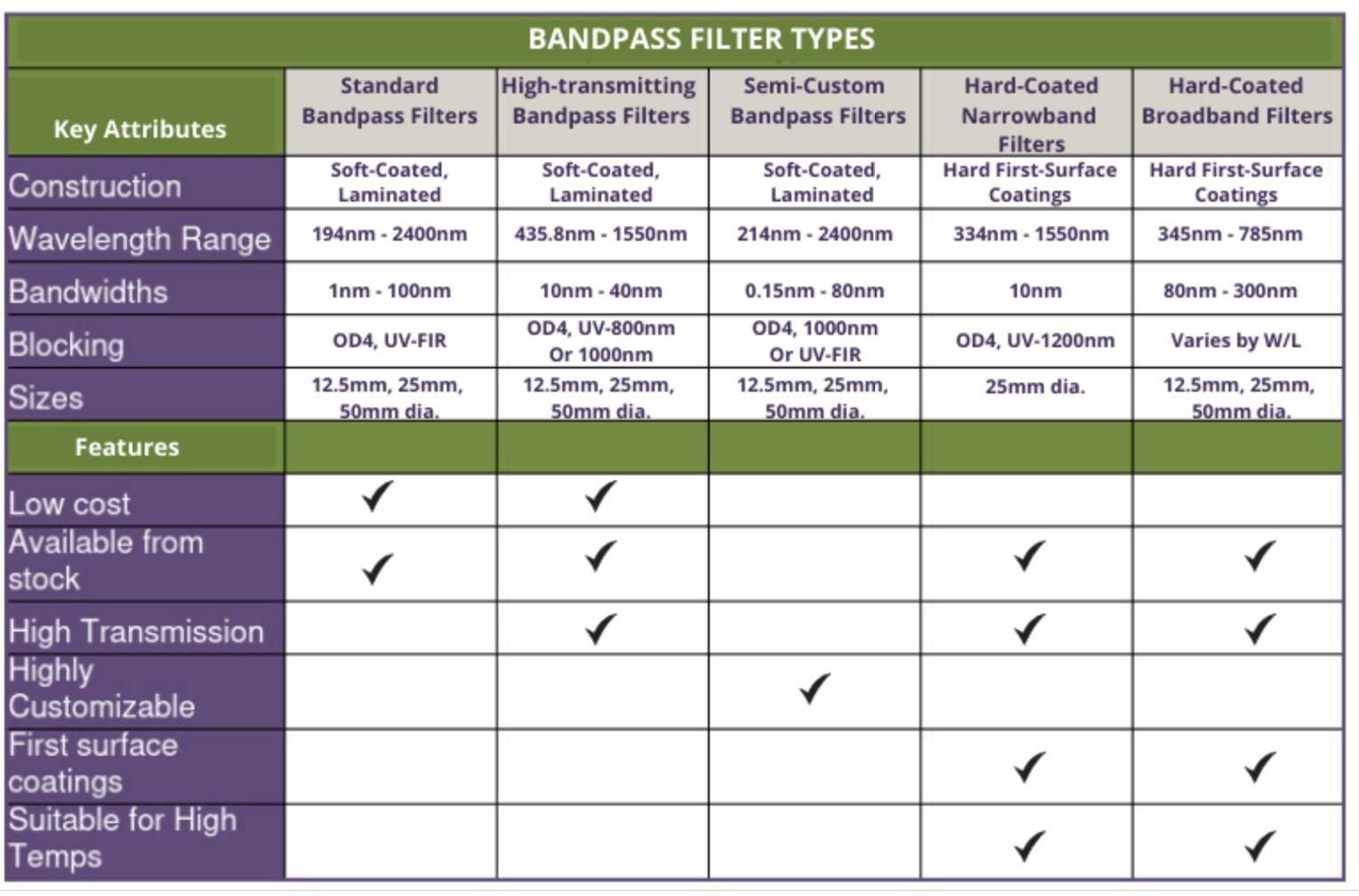
Application








